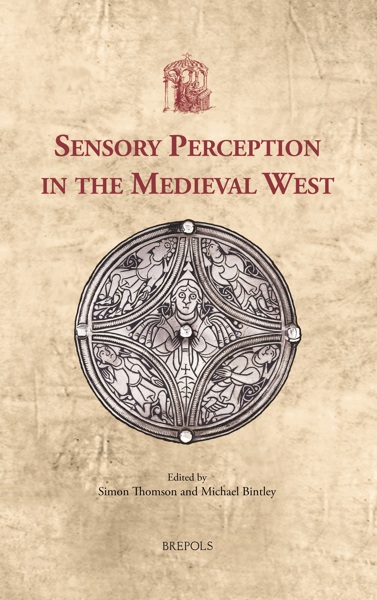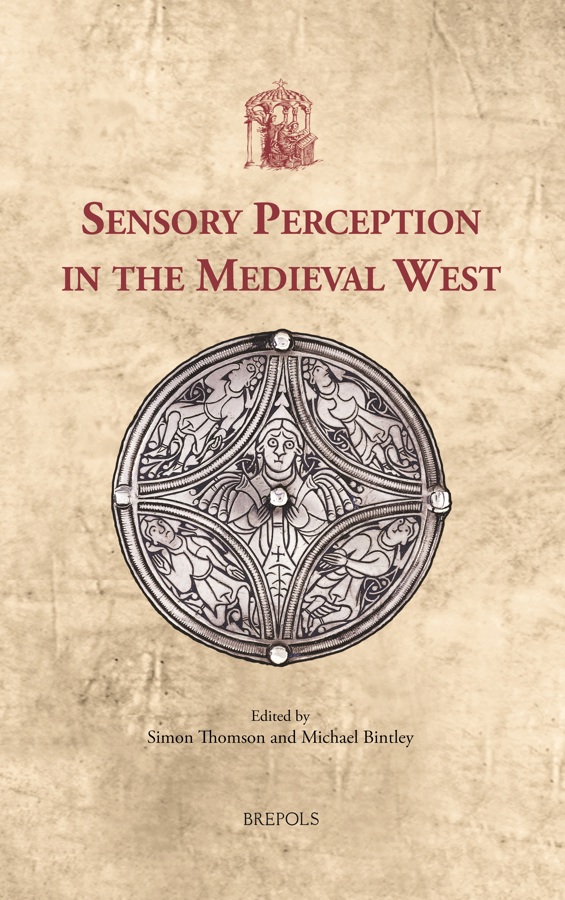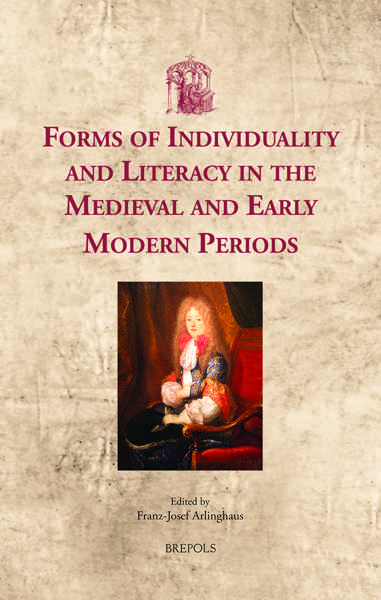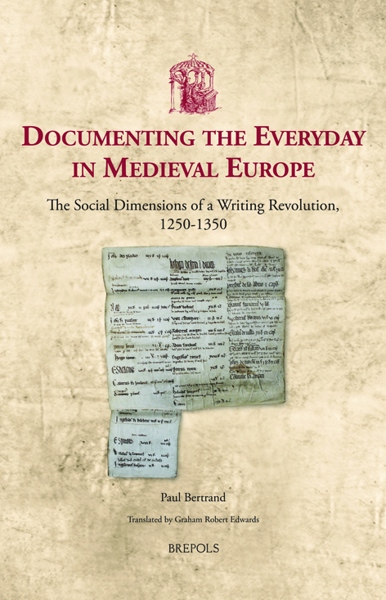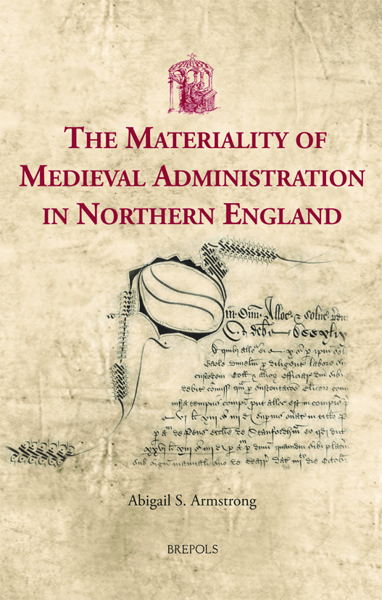
Sensory Perception in the Medieval West
Simon Thomson, Michael Bintley (eds)
- Pages: 254 p.
- Size:156 x 234 mm
- Illustrations:15 b/w, 11 col., 3 tables b/w.
- Language(s):English
- Publication Year:2016
- € 100,00 EXCL. VAT RETAIL PRICE
- ISBN: 978-2-503-56714-3
- Hardback
- Available
- € 100,00 EXCL. VAT RETAIL PRICE
- ISBN: 978-2-503-56717-4
- E-book
- Available
- Contains contributions in Open Access
An interdisciplinary exploration of the sensory experiences invited and explored by textual and material products of the medieval period.
"eine grundlegende Studie zum Heiligenkult im mittelalterlichen Norden (...). Bezüglich des Quellenspektrums und der Umsicht, mit der diese Quellen ausgewertet werden, hat sie Vorbildcharakter." (Astrid Marner, in: sehepunkte 17 (2017), Nr. 9 [15.09.2017], URL: http://www.sehepunkte.de/2017/09/30056.html )
“(…) the collection of articles is a pleasure to read and gives the reader a glimpse of the staggering complexity of the subject of sensory perception. Its interdisciplinary approach and the wide range of different methodologies make the book indubitably useful for the ongoing debates on how meaning was crafted and shaped in the Middle Ages, and how we may adequately approach it.” (Flora Guijt, in Parergon, 34/2, 2017 p. 263)
What was it like to experience the medieval world through one’s senses? Can we access those past sensory experiences, and use our senses to engage with the medieval world? How do texts, objects, spaces, manuscripts, and language itself explore, define, exploit, and control the senses of those who engage with them?
This collection of essays seeks to explore these challenging questions. To do so is inevitably to take an interdisciplinary and context-focused approach. As a whole, this book develops understanding of how different fields speak to one another when they are focused on human experiences, whether of those who used our sources in the medieval period, or of those who seek to understand and to teach those sources today.
Articles by leading researchers in their respective fields examine topics including: Old English terminology for the senses, effects of the digitisation of manuscripts on scholarship, Anglo-Saxon explorations of non-human senses, scribal sensory engagement with poetry, the control of sound in medieval drama, bird sounds and their implications for Anglo-Saxon sensory perception, how goldwork controls the viewing gaze, legalised sensory impairment, and the exploitation of the senses by poetry, architecture, and cult objects.
Sensory Perception in the Medieval West: Introduction – SIMON C. THOMSON
Heaven Ahoy! Sensory Perception in The Seafarer – RICHARD NORTH
The Sensory Cost of Remediation; or, Sniffing in the Gutter of Anglo-Saxon Manuscripts – JONATHAN WILCOX
The York Mystery Plays: Exploring Sound and Hearing in Medieval Vernacular Drama – MARIANA LOPEZ
Birds and Words: Aurality, Semantics and Species in Anglo-Saxon England – ERIC LACEY
"Whistle while you work": Scribal Engagement with Old English Poetic Texts – SIMON C. THOMSON
Doing things with words: Language and Perception in Old English Charms and Riddles – VICTORIA SYMONS
Sight, Sound and the Perception of the Anglo-Saxon Liturgy in Exeter Book Riddles 48 and 59 – FRANCESCA BROOKS
All that Glitters: The Role of Pattern, Reflection, and Visual Perception in Early Anglo-Saxon Art – MELISSA HERMAN
Taking Out the Eye of a One-Eyed Man and Other Hypothetical Moments of Sensory Impairment in Early Medieval Law – PATRICIA SKINNER
Disembodied Cognition and Sensory Perception in Sólarljóð – PETE SANDBERG
(Re-) Viewing "Iuxta Morem Romanorum": Considering Perception, Phenomenology and Anglo-Saxon Ecclesiastical Art and Architecture – MEG BOULTON
Plant Life in the Poetic Edda – MICHAEL D.J. BINTLEY
Index
